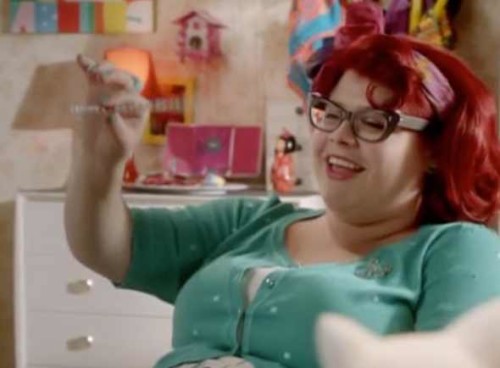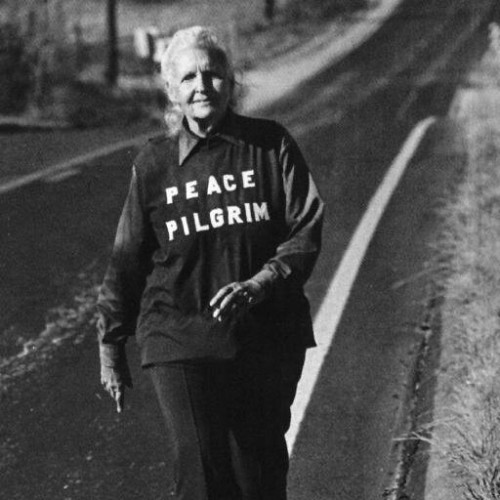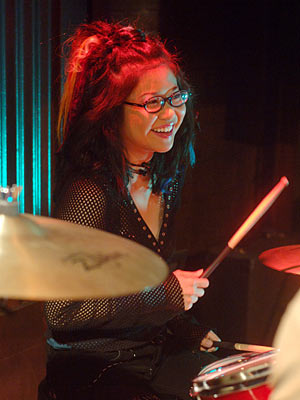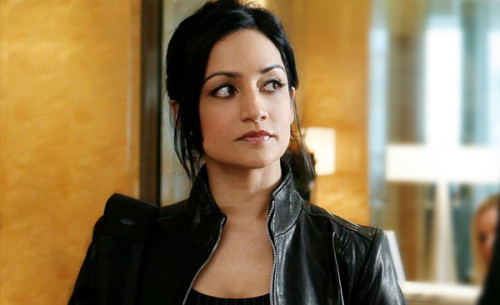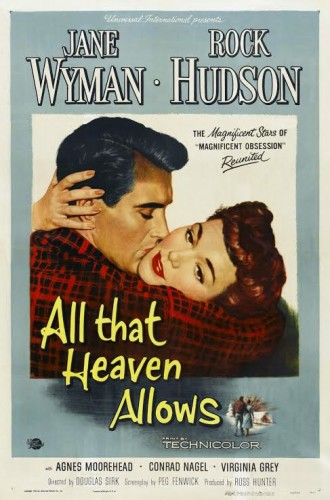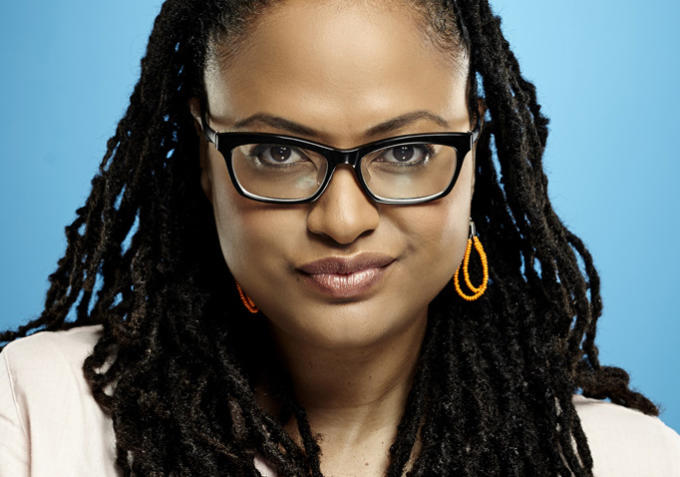Call For Writers: Bad Mothers
Few human beings are quite so stigmatized as bad mothers. Despite the fact that motherhood is demanded of women as an intrinsic part of the female experience, women who struggle with motherhood are seen and depicted as the worst kind of scum. No failure, it seems, is as great as that of a woman who is bad at being a mom…or, worse yet, who decides after having children that she no longer wants to be a mother.

